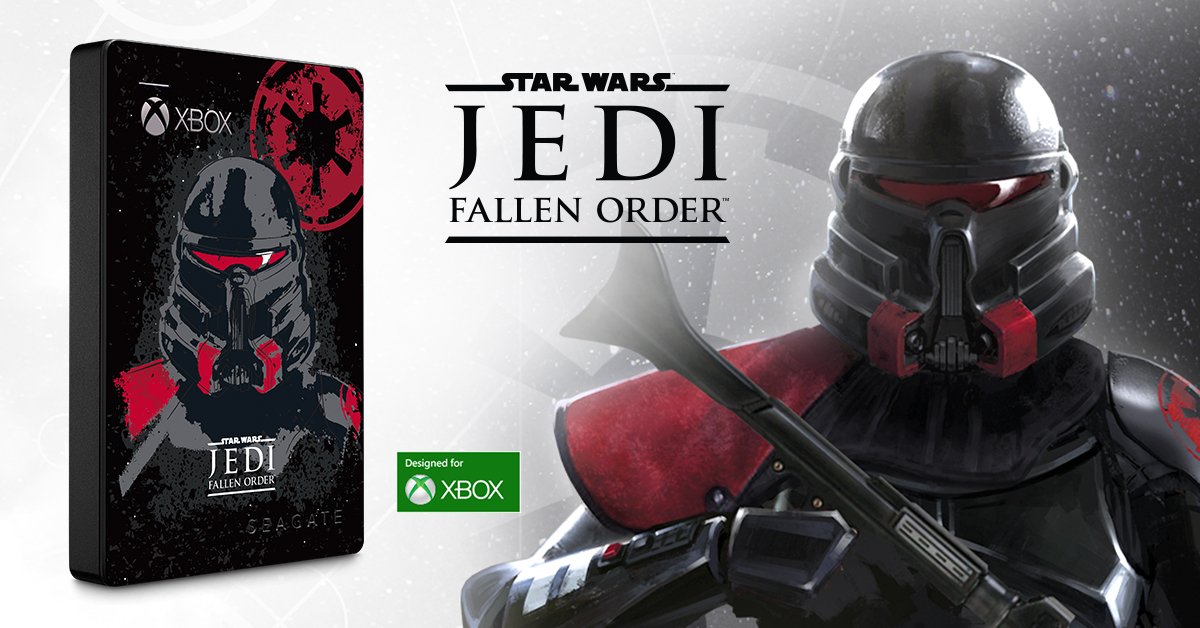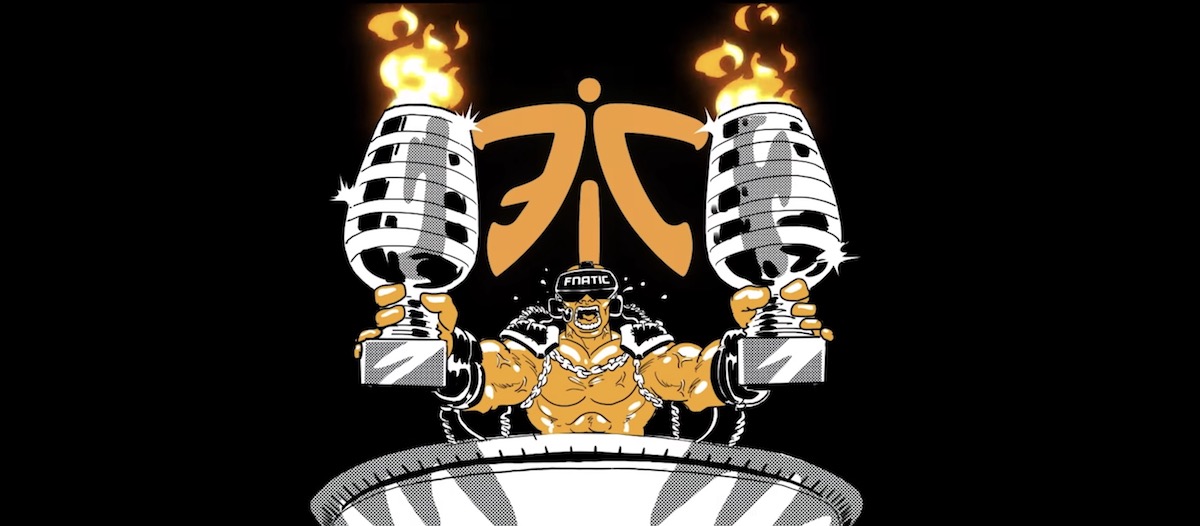 Ben Swanson is one of the founders of the independent record label and SeagateCreative partner Secretly Canadian. We’re grateful Ben grabbed a few moments with us to share his insights with the SeagateCreative community about life in the music industry and the creative process.
Ben Swanson is one of the founders of the independent record label and SeagateCreative partner Secretly Canadian. We’re grateful Ben grabbed a few moments with us to share his insights with the SeagateCreative community about life in the music industry and the creative process.
SeagateCreative: Can pinpoint the exact moment you knew you wanted to get into the music business?
Ben Swanson: I don’t know if it was the exact moment I decided, but I do have a distinct memory of being in the computer lab my senior year in high school trying to figure out what school I was going to go to and sort of being faced with having to really think about what I wanted to do with my life. I’m not sure why I felt an overwhelming sense that I had to sort it out then. Regardless, I had been emailing back and forth with my brother who was in college at Indiana University about starting a label for all these under-represented local bands in Bloomington and it made a ton of sense at the time. Luckily it still does!
SeagateCreative: What was the progression that took you from the idea of Secretly Canadian to the current company structure of record label and distribution company?
Ben Swanson: Our structure is totally different than what it used to be when we started in 1996. For the first four years, we were all doing a little bit of everything and on the side of being full-time students or having full-time jobs. The most crucial thing we’ve learned, and been lucky enough to explore, is the importance of specialization.
Eventually we found our niche in the organization and began to really dig into those aspects of the business we love and, hopefully, are good at. That’s the business end. But at the end of the day, we still show up because we love working with the bands and putting out records.
SeagateCreative: What’s your process for finding new artists? With multiple business partners — including your own brother — how do you deal with different opinions on which artists to sign?
BS: We get in fights! But they’re productive fights I think, in that we definitely challenge each other to really help articulate what in a band or artist we’re hearing and loving. Other than that, there’s not any one way we sort it out. We just talk endlessly about it. It’s what we love to do.
SeagateCreative: As a label, what does Secretly Canadian do to cultivate and develop a young band’s sound and identity while protecting their confidence in their own ideas?
BS: I’m not sure that all the bands appreciate our input in this way, but we usually just try to talk about what we’re hearing in the music that we’re responding to. What about this makes me want to keep it on repeat and how do we do that again. It sounds so basic and cheesy to talk about, but that’s kind of what it is.
We also try to offer good advice or suggestions on where/how to record, what the artwork should evoke/look like, how to set up their business as an artist, put together their teams (if needed), etc. We spend a lot of time really trying to find the unique set up for each artist rather than put him or her through all the same channels and filters.
SeagateCreative: This week, Secretly Canadian artist Antony and The Johnsons released a new record, Cut The World. What’s the dynamic between Secretly Canadian and Antony when it comes to the creative decisions, from the first demos to the final released product? How much influence does the record label have?
BS: Antony is such a unique case for us. He’s so talented and has such a vision for his projects (be it albums, performances, art shows, whatever) that usually he just tells us about them and our minds our blown. He really doesn’t need a lot of creative direction/support. Antony is bursting with creativity. More so than anyone I know. I think we’re more of a sounding board for his ideas, as well as help execute his ideas in our capacity as a label.
SeagateCreative: How do you choose which producers to pair your artists with when recording? What makes you choose someone who’s established and experienced versus a producer who may be emerging but has creative ideas?
BS: It really depends on the artist, as it’s usually just a combination of budget, location and aesthetic. I’m not sure there’s any better way to describe it since it’s so unique for each case.
SeagateCreative: Can you give an example when Secretly Canadian took a risk on an artist’s out-of-the-box idea for their record, and how it turned out?
BS: The War on Drugs is a pretty good example. A mutual friend from Philly sent their 5-song home recording to me and I couldn’t stop listening to it. It was pretty rough around the edges, but just had an undeniable quality to it. We absolutely love working with the band and are so proud to have been part of the last two records.
SeagateCreative: A lot of do-it-yourself artists have the misconception that when they get signed to a record label, the hard work is over. What should an artist be doing to further their career in the post-demo time period, signed or not?
BS: Of course they need to continually be pushing their live shows. Some bands make the mistake of quantity over quality shows. But a great live show is just so undeniable. Artists need to constantly be developing & participating in their community as well, locally and nationally. For a lot of artists, it’s not easy for them to do this; it’s not easy for most people, but so important to have a community for support, ideas, favors, feedback, everything.
BS: I think our aesthetic has evolved very naturally around what sort of music has been inspiring us at any given point in time. If you look at some of the first bands we worked with (June Panic, Songs: Ohia, Ativin) and compare them to some of the newer bands we work with (The War on Drugs, Yeasayer, Antony and The Johnsons,Jens Lekman), I’m not sure its easy to make that association. But if you follow the path through the years, I’d hope it’d make a bit more sense!
Imagery & associations definitely helps, but more than that, I think the more successful labels are constantly surprising with their new signees with a good mix of new, unknown artists, to some more well established bands. That’s what excites us anyway.
SeagateCreative: What advice would you give an artist about releasing their music based on influence vs. trend vs. original music?
BS: It sounds so cornball, but the only thing I can say is work really hard and just be really honest with what you’re doing. The minute you’re trying to sound like something might mean you’re on the wrong path. Other than that I would say cross your fingers!








Leave A Comment